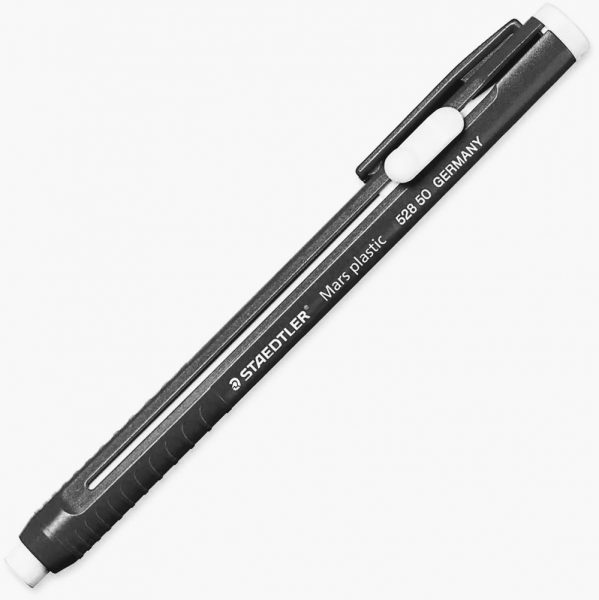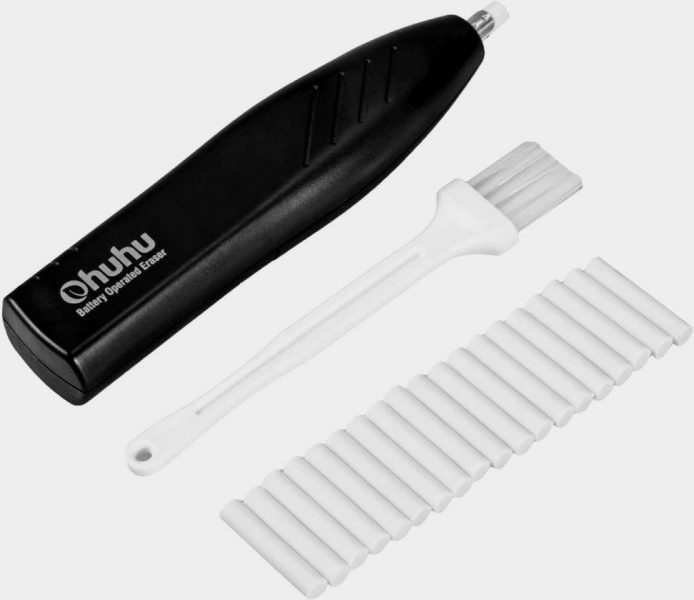Engineering drawings require precision, accuracy, and attention to detail. Mistakes and errors can be costly and time-consuming, making erasers a crucial tool in the drafting process. However, not all erasers are created equal, and each has its own unique properties that make it suitable for certain applications. In this article, we will discuss the different types of erasers commonly used in engineering drawing, including the versatile white vinyl eraser.
Types of Erasers:
There are several types of erasers used in engineering drawing, each with its own advantages and disadvantages. The most common types include:

Rubber Erasers: These are the traditional erasers commonly used in schools and offices. They are inexpensive and readily available, but they can leave residue on the paper and are not always effective at removing graphite.
Kneaded Erasers: These erasers are moldable and can be shaped to fit the contours of the drawing. They are effective at removing graphite and other media, but can become dirty over time and lose their effectiveness.
White Vinyl Erasers: These erasers are a popular choice among engineers and architects. They are effective at removing graphite and other media without leaving residue, and are also durable and long-lasting.
Electric Erasers: These erasers are powered by electricity and are useful for erasing large areas or removing heavy lines. However, they can be expensive and require a power source. White vinyl and rubber erasers are often used in electric erasers.

